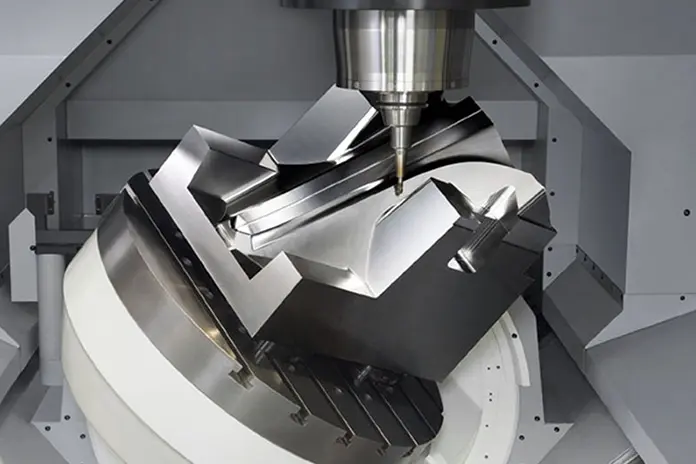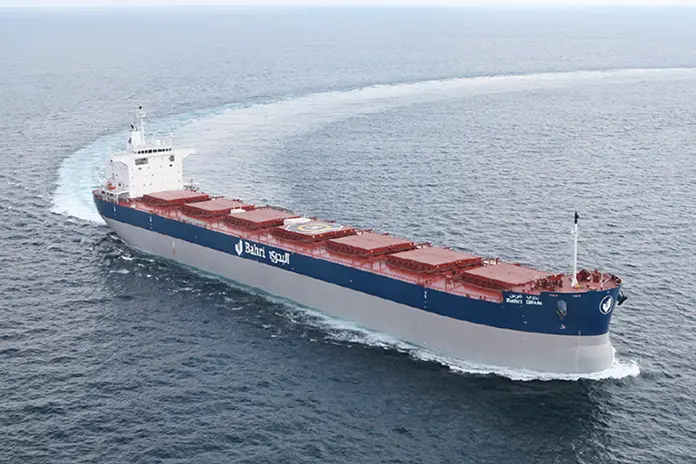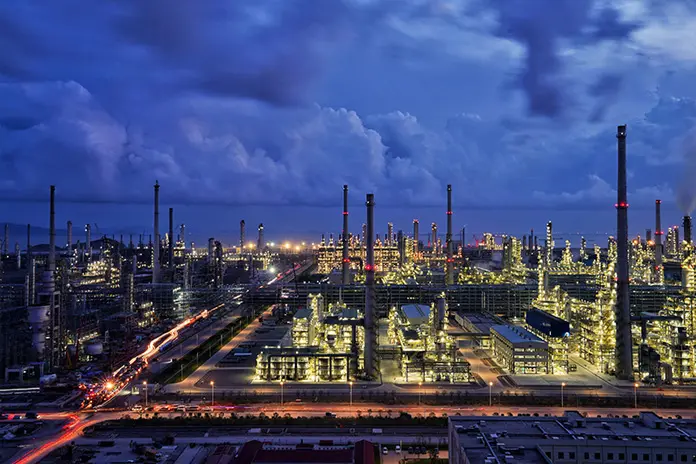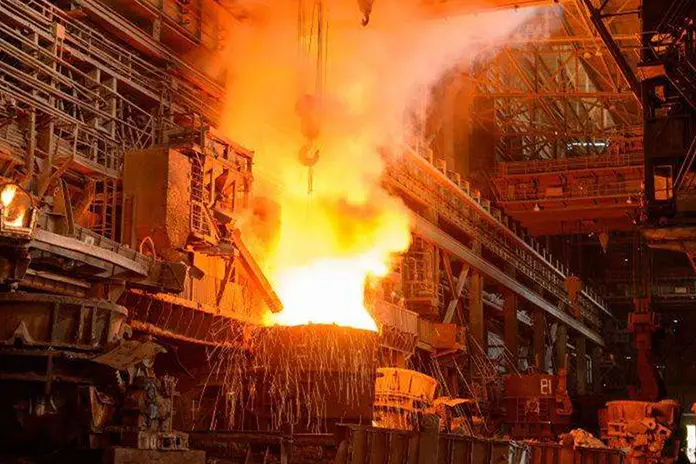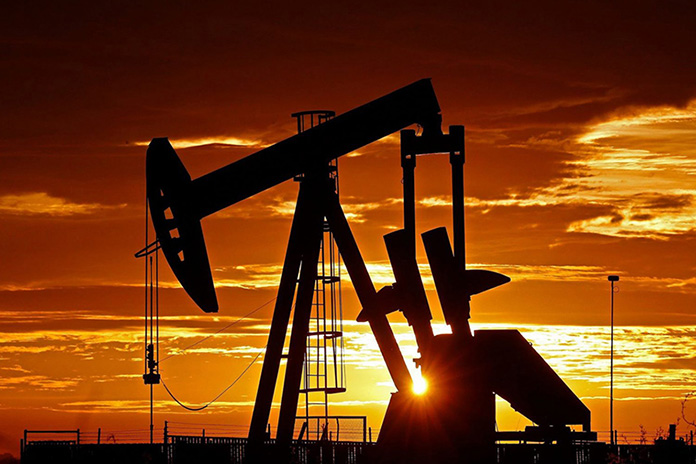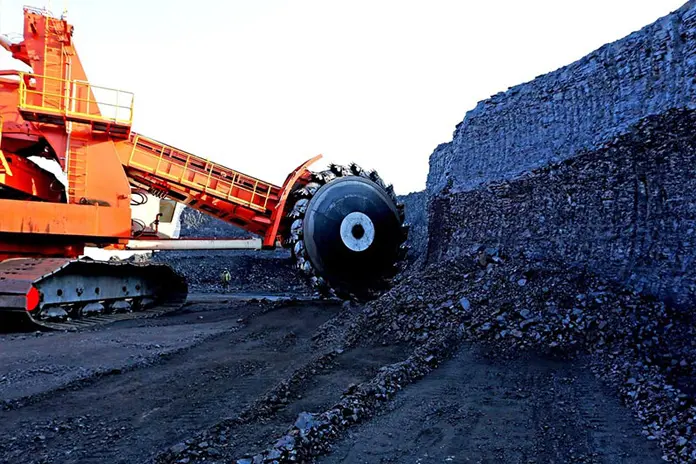Metallurgical Industry
Industrial Background
The industrial working environment for critical mechanical components is extremely harsh, characterized by high temperature, heavy load, severe impact, frequent thermal cycling, and cooling-induced corrosion. These conditions commonly exist in sectors such as metallurgy, mining, and heavy machinery manufacturing, where components are subjected to continuous stress and environmental aggression. High-temperature environments exceed 500°C in many cases, causing material softening and accelerated chemical reactions, while thermal cycling (temperature fluctuations exceeding 300°C per cycle) introduces thermal stress that weakens structural integrity. Cooling systems, often using aqueous solutions with corrosive ions (e.g., Cl⁻, SO₄²⁻), create a dual-attack scenario of mechanical wear and chemical corrosion.
Component Types and Failure Mechanisms
Key components operating under these conditions include rollers (used in rolling mills for metal forming), laminar rollers (critical for controlled material transport in heat treatment lines), guide plates (ensuring precise material alignment), guide guards (protecting moving parts from lateral impacts), and guide wheels (facilitating low-friction material conveyance). Their failure modes are multifaceted:
● Corrosion wear occurs when surface materials react with corrosive media, forming brittle oxide layers that flake off under load, increasing friction by up to 40%.
● Fatigue wear arises from cyclic loading (over 10⁶ stress cycles), leading to subsurface crack initiation and propagation, particularly in contact areas with stress concentrations (e.g., roller edges).
● Fracture typically results from combined thermal and mechanical stress, with failure rates spiking by 30% in components experiencing abrupt temperature changes.
● High-temperature wear involves adhesive and abrasive mechanisms at elevated temperatures, causing surface roughness to increase by 50-80% and reducing dimensional accuracy.
Laser-Based Solutions for Performance Enhancement
To address these challenges, laser surface engineering technologies offer advanced solutions:
1. Laser Cladding
This technique is ideal for cladding strengthening and remanufacturing of high-value components like rollers, laminar rollers, transmission rollers, universal joints, and rolling mill arches. A high-energy laser beam melts and deposits specialized high-temperature wear-resistant alloy powders (e.g., cobalt-chromium, nickel-based superalloys) onto the substrate surface, forming a dense, metallurgical bond. Key advantages include:
● Low dilution rate (<5%), preserving the original material properties while introducing a protective layer.
● Minimal deformation (thermal distortion <0.1mm/m), critical for maintaining tight dimensional tolerances in precision components.
● High cladding efficiency (deposition rate up to 500 cm³/h), enabling rapid manufacturing or repair of large-scale parts.The clad layers exhibit hardness values of 60-70 HRC and can withstand continuous service at 800-1000°C, extending component lifespan by 2-3 times compared to conventional coatings.
2. Laser Alloying
For surface strengthening of rollers and trimming rollers, laser alloying provides an economical solution. The process involves melting the substrate surface together with alloying elements (e.g., carbides, nitrides) to form a metal-ceramic composite coating without significant external cladding layers. Notable features include:
● Simple process flow, requiring only pre-deposition of alloying powders or wires, reducing preparation time by 20%.
● Strong metallurgical bonding (shear strength >500 MPa), ensuring excellent resistance to impact and thermal shock.
● Cost-effectiveness, as material usage is minimized while achieving targeted properties: wear resistance improved by 30%, corrosion resistance in saltwater environments enhanced by 40%, and oxidation resistance at 600°C prolonged by 50%.
These laser technologies represent a transformative approach in combating harsh industrial conditions, offering sustainable solutions that balance performance, reliability, and cost-effectiveness for critical mechanical components.
Application Cases

Guide wheel laser cladding
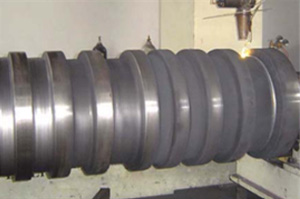
Laser alloying of rollers
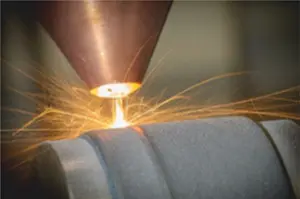 Roller laser cladding
Roller laser cladding
